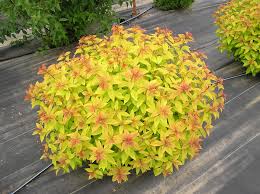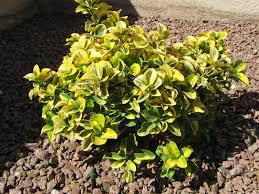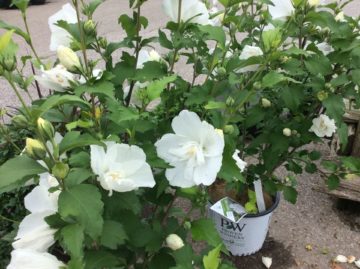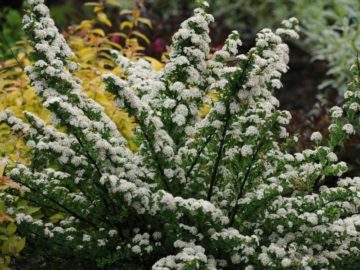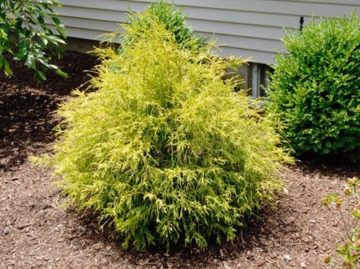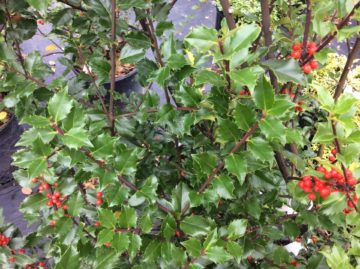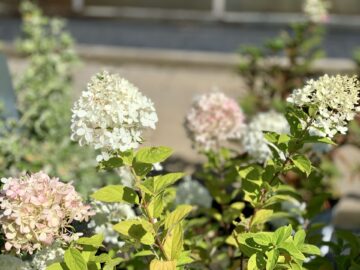Certainly it is tempting to put thoughts of next year’s garden on hold for winter dreaming and spring planting, but gardeners who capitalize in the fall planting season take advantage of many opportunities the spring just can’t afford. Plus, remember how busy the spring season is? There are literally hundreds of tasks we’re juggling with as the earth wakes up and begins to shift into high gear.
A good time to plant shrubs besides spring is in the fall, so the shrub has time to acclimate before the harsh weather of winter. You can plant up to 6 weeks before your ground freezes. Once the ground is frozen, root growth will cease almost entirely until spring, and that six week window gives the plant time to get established enough to withstand cold and snow.
Most shrub roots spread widely rather than deeply, so digging a hole wider than the roots of the shrub you’re planting is more beneficial, keeping in mind to not go any deeper than the root ball. Free up some of the roots from being contained in the pot allowing them to spread. Add in some compost with the soil from the hole and use this to re-fill. Ensure the roots of the shrub are well watered. Adding a root enhancer at planting time will help create a better root system. Planting a shrub properly will give it a healthy head start on a productive life.
After planting use your foot or shovel to tamp down the soil around the shrub leaving a basin which will help collect water. Cover a wide area around the shrub with wood chips or mulch to help keep down weeds and to conserve moisture. Provide supplemental water when needed. Autumn weather can be quite cool and rainy, but that doesn’t mean that new plantings should be ignored, particularly if weather has been dry and/or windy. During the first growing season you should water every 7-10 days if rainfall is not abundant.
Pruning
Pruning is essential to a plants health, beauty, and safety. Regular and correct pruning will help encourage new healthy growth. Remove any damaged, diseased, or dead parts. When left on the plant, these parts will attract insects and invite diseases to develop.
Early-spring bloomers, such as lilac, forsythia, and rhododendron, bear flowers on wood formed the previous year. The best time to prune them is late spring — immediately after they finish blooming. If you prune them later in the growing season or during fall, you’ll remove flower buds and decrease the amount of spring bloom.
Shrubs that bloom during the summer and into fall such as potentilla and butterfly bushes, produce their flowers on new growth from the current season. They are best pruned in late fall or early winter while they are dormant or in the spring just before their annual growth begins. Refrain from late summer pruning because it stimulates new growth which could be killed by the winter cold. Use sharp tools to make a clean cut and avoid tearing the stem. Leaving a stub or tear after trimming provides an entry spot for pests and disease.
Proven Winners video on fall planting: https://youtu.be/4KaOekvFsrI

